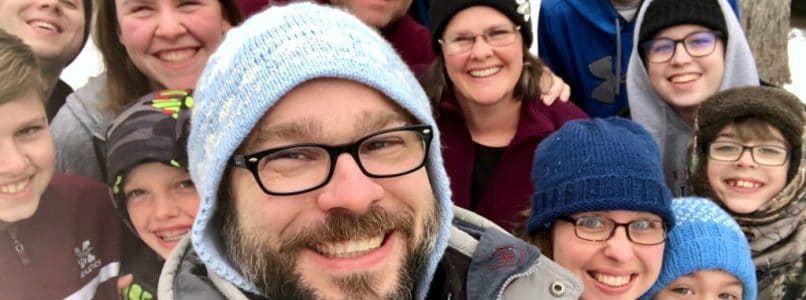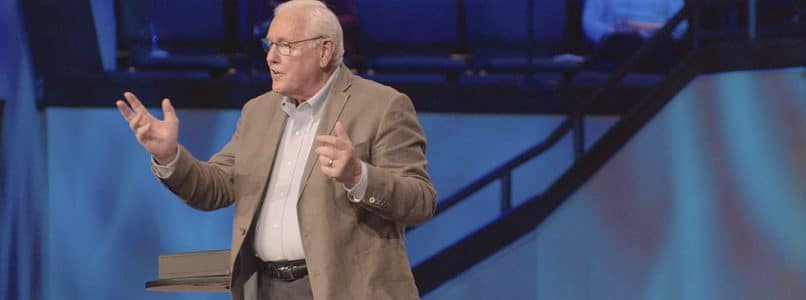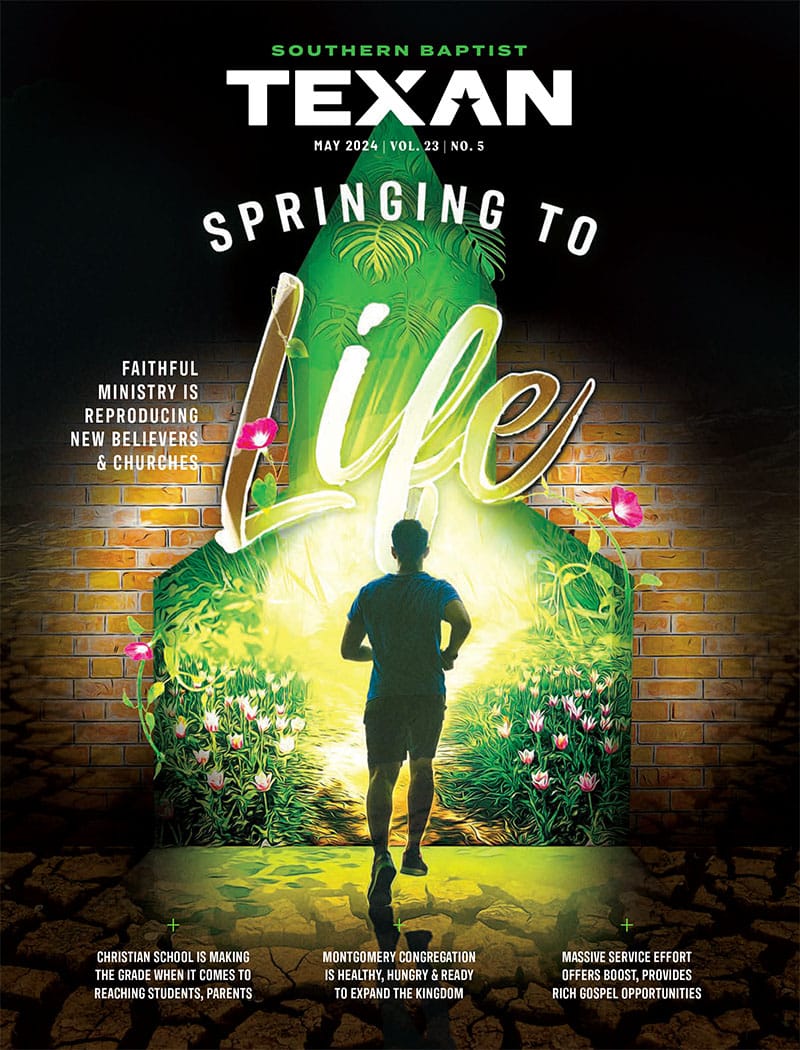WASHINGTON—The U.S. House of Representatives passed Feb. 25, for the second time, a far-reaching gay and transgender rights proposal that opponents warn would have calamitous effects on freedom of religion and conscience, as well as protections for women, girls and unborn children.
The Democratic-controlled House voted 224-206 for the Equality Act, H.R. 5, which would add “sexual orientation” and “gender identity” to the classifications protected in federal civil rights law. “Sexual orientation” includes homosexuality, bisexuality and pansexuality, while “gender identity” refers to the way a person perceives himself regardless of his biology at birth. Three Republicans voted with all the Democrats in support of the legislation.
President Biden has endorsed the bill, but the measure will face difficulty in the Senate, where supporters will need 60 votes to overcome an expected filibuster.
The House passed the Equality Act in a 236-173 vote in 2019, marking the first time a bill to bar discrimination against people who identify as gay or transgender has gained approval in a congressional chamber. The Senate, controlled at that time by Republicans, declined to act on the measure.
Advocates for the Equality Act say it is needed to protect throughout the country the rights of lesbian, gay, bisexual, transgender and questioning (LGBTQ) people in such categories as employment, housing and public accommodations – which include establishments that provide goods, services or programs, as well as, according to the bill, health-care providers.
Opponents, which include some feminists, say they oppose unjust discrimination but contend the Equality Act would – among other ill effects – coerce behavior in violation of religious beliefs, roll back women’s rights and threaten pro-life laws. The proposal even precludes the use of the Religious Freedom Restoration Act (RFRA), a 1993 law protecting the free exercise of religion, as a possible protection in cases covered by the measure.
“In our lifetime, there has not been such a significant attack on religious liberty” as the Equality Act, said J.D. Greear, president of the Southern Baptist Convention. “Our gospel teaches us to live at peace with all in our society and that all people are worthy of respect as image bearers of God and entitled to the rights therein.
“We love our LGBTQ neighbors and want to see them treated as equals and protected as citizens. H.R. 5 does not do that,” Greear said in a written statement. “It is governmental overreach, seeking to normalize a view of sexuality and gender that Jews, Christians, Muslims and millions of Americans from other religious backgrounds have found not only wrong but harmful for humanity, forcing that viewpoint on us and on our children.
“Unfortunately, H.R. 5 undermines rather than advances the cause of human dignity, not only punishing religious organizations, but also harming hundreds of thousands of vulnerable people whom these organizations serve. We want equity. This isn’t it. We unequivocally and categorically renounce this bill.”
Russell Moore, president of the Southern Baptist Ethics & Religious Liberty Commission, said the Equality Act “is poorly named because, among other negative effects, it would punish faith-based charities for their core religious beliefs. Every human being ought to be treated with dignity, but government policy must continue to respect differences of belief.”
The bill “would have harmful consequences, and it should not be passed into law,” Moore said in written comments. “Congress would make the situation worse in this country with this legislation, both in terms of religious freedom and in terms of finding ways for Americans who disagree to work together for the common good.”
Ronnie Floyd, president of the SBC Executive Committee, called it “a sad day in American history.”
The Equality Act “undermines everything we believe the Bible teaches about gender and the uniqueness of each human life. Gender is not fluid,” Floyd said in written remarks. “The deceitfulness of this legislation erodes the personal liberty of doctors and nurses who are pro-life, taking away their personal protection of having to participate in the godless abortion industry.
“Legislation like this reminds us that every election matters, and oftentimes, human life and personal liberty are lost,” he said. “I pray the U.S. Senate rejects this assault on liberty.”
In an article published Feb. 23, the ERLC said the proposal would:
Cripple religious freedom.
The legislation “would essentially gut” RFRA, according to the ERLC. Congress approved the law nearly unanimously as a corrective to a damaging Supreme Court ruling, and President Clinton signed it into law. The 1993 law requires the government to have a compelling interest and use the narrowest possible means in burdening a person’s religious exercise. By subverting RFRA, the Equality Act “would force faith-based child welfare organizations to abandon their deeply held religious beliefs or be shut down by the state,” the ERLC said.
Undermine civil rights protections for females.
The Equality Act would alter the “legal understanding of gender as male and female,” the ERLC said. As a result, it “disregards the privacy and safety concerns women rightly have about sharing sleeping quarters and intimate facilities with the biological opposite sex” in settings such as shelters and locker rooms, according to the entity. By opening female competition to males, the measure would threaten achievements by women and girls in athletics and academics, the ERLC said.
Become “the most pro-abortion bill” ever approved by Congress.
The proposal would redefine “sex” also to consist of “pregnancy, childbirth, or a related medical condition,” according to the ERLC. It would erode conscience protections for pro-life health-care workers and imperil bans on taxpayer funding of abortion, the ERLC said.
The National Right to Life Committee told Congress in a Feb. 19 letter it is “well established [by a federal appeals court ruling] that abortion will be regarded as a ‘related medical condition.’ In short, the Equality Act may be construed to create a right to demand abortion from health care providers and to destroy conscience protections for health care providers.”
Kristen Waggoner – general counsel of Alliance Defending Freedom, a leading religious liberty organization – has said of the proposal, “Many in our nation respectfully disagree on important matters such as marriage and human sexuality. Unfortunately, the Equality Act criminalizes these fundamental beliefs held by major faith groups since the dawn of time and, instead, demands absolute uniformity of thought.”
The Human Rights Campaign (HRC), the country’s largest LGBTQ civil rights organization, welcomed the House action. HRC President Alphonso David tweeted his gratitude to Speaker of the House Nancy Pelosi and “our champions in Congress for their commitment to LGBTQ equality & for advancing this legislation on behalf of all Americans.”
The House passage of the Equality Act came two days after the Biden administration’s Department of Education informed the Connecticut Interscholastic Athletic Conference it was withdrawing a notice that the association and the six school districts violated Title IX protections for women and girls by permitting males who identify as females to compete in girls’ sports. The letter announced the Department of Education Office for Civil Rights’ reversal of a pending enforcement action expressed in two 2020 letters by the same office during the Trump administration.
In June of last year, the U.S. Supreme Court issued a watershed decision regarding federal employment law by ruling in a 6-3 opinion the category “sex” in Title VII of the 1964 Civil Rights Act applies to LGBTQ employees.
More than half of the 50 states already have protections against LGBTQ discrimination. Twenty-two states and the District of Columbia have laws explicitly banning discrimination based on “sexual orientation” and “gender identity,” according to the Movement Advancement Project. Six more states interpret existing law as prohibiting such discrimination, and one state bars discrimination based only on “sexual orientation.” Twenty-one states have no explicit prohibitions.
The Movement Advancement Project describes itself as a think tank that provides research to help hasten equality for LGBT people.
“Sexual orientation” and “gender identity,” or SOGI, policies in some states have especially affected some businesses, including wedding vendors. Adoption agencies, religious colleges, ministries for the needy and churches are among the organizations that have faced legal action for their commitment to marriage as a male-female institution, their determination to maintain policies in keeping with their beliefs and their willingness to protect privacy by preventing people of the opposite sex from using restrooms and locker rooms.












